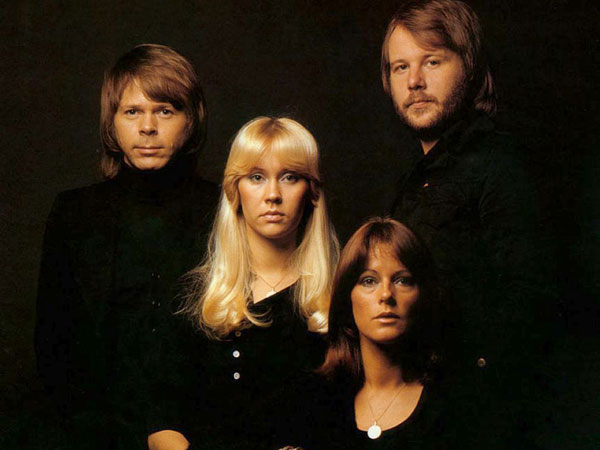
The Intro
It may have seemed a little bold for ABBA to release a Greatest Hits in March 1976. However, their label Polar decided to due to the many cash-in compilations labels scattered around the globe were releasing in an attempt to cash-in on the fact that they were becoming huge. And with two UK number 1 singles to their name and plenty of hits elsewhere featured, it proved a wise move. It became their first number 1 album on these shores.
Before
As well as a mix of their early hits and lesser-known tracks in the UK, there was a new song, released as a single. Although it wasn’t strictly speaking, ‘new’. Fernando had first featured on band member Anni-Frid Lyngstad’s debut solo LP Frida ensam in 1975. Benny Andersson and Björn Ulvaeus had originally called it Tango but at the last minute they renamed it Fernando after a bartender working at a club in Stockholm, Sweden, allegedly.
This Swedish version had lyrics penned by ABBA’s manager Stig Anderson and Lyngstad is singing to a heartbroken Fernando, attempting to console him after he has lost the love of his life. The chorus translated as:
‘Long live love, our best friend, Fernando.
Raise your glass and propose a toast to it; to love, Fernando.
Play the melody and sing a song of happiness.
Long live love, Fernando’
When it came to ABBA recording the song, Ulvaeus decided to take a different tack. He was lying outside one summer night and gazing at the stars when he hit upon a brainwave. Fernando became about two old freedom fighters who fought in the Texas Revolution of 1836, who reminisced about days of old one night in Mexico.
Review
Fernando is one of ABBA’s best-known and biggest-selling singles, but it’s my least favourite of their number 1s. I find it leaden and overwrought and I’m not really interested in hearing about what two 19th-century soldiers have to say. Give me their relationship drama and we’ve something to work with. It also suffers coming straight after Save Your Kisses For Me, which meant 10 weeks of tedium at number 1 on repeats of Top of the Pops and again, it makes me relieved I wasn’t a pop fan in 1976. Having said all this, I’d be a liar if I didn’t say the chorus was very memorable.
ABBA starred in a memorable, suitably dramatic video for Fernando, sat around a campfire looking very serious and gazing into each other’s eyes, as you can see above. ABBA made lots of videos – I’m not sure if they ever actually promoted on Top of the Pops in person? As well as a month as UK number 1, Fernando topped the charts across the globe. It became the longest-running number 1 in Australian history (14 weeks) for more than 40 years until Ed Sheeran’s Shape of You went one better in 2017.
After
ABBA made a Spanish-language album, Gracias Por La Música, in 1980 and Fernando was a natural choice for an LP aimed at Latin American countries.
The Outro
So, ABBA had scored two number 1s before we even reach the half-way mark of 1976, and the best was yet to come.
The Info
Written by
Benny Andersson, Stig Anderson & Björn Ulvaeus
Producers
Benny Andersson & Björn Ulvaeus
Weeks at number 1
4 (8 May-4 June)
Trivia
Births
8 May: Steps singer Ian ‘H’ Watkins
14 May: Actress Martine McCutcheon
Deaths
14 May: Yardbirds singer Keith Relf
Meanwhile…
9 May: 20-year-old prostitute Marcella Claxton is badly injured in a hammer attack in Leeds.
10 May: Following months of rumours of his involvement in a plot to murder his ex-lover Norman Scott, Jeremy Thorpe resigns as leader of the Liberal Party.
19 May: Liverpool win the UEFA Cup for the second time by completing a 4-3 aggregate win over Belgian side Club Brugge KV at the Olympiastadion in Brugge.
27 May: Harold Wilson’s Resignation Honours List is published. It becomes known satirically as the ‘Lavender List’ due to the number of wealthy businessmen awarded honours.
1 June: UK and Iceland end the third and final Cod War. The UK abandoned the ‘open seas’ international fisheries policy it had previously promoted.